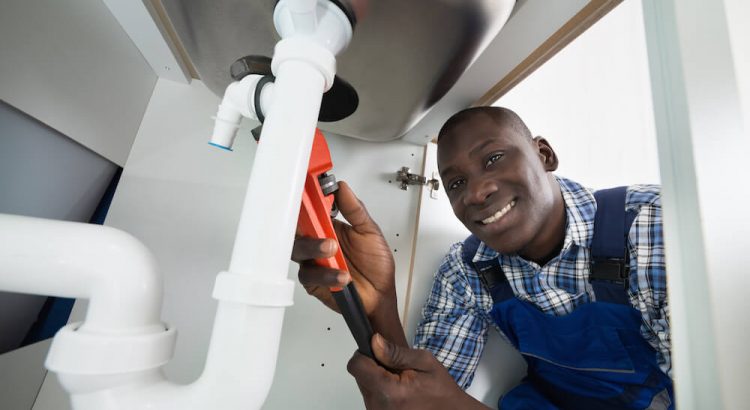Before taking on a DIY plumbing repair or project, it is advisable that you consider some of the basic safety precautions to guarantee your own safety. These tips from https://www.localchesterplumber.co.uk/ will include general tool safety tips as well as the legal or official requirements related to plumbing installations. Since plumbing involves working with pipes, it is vital that you consider what a pipe is for and does it carry sewage or pressurized water? and the possible results your actions will bring.
Plumbing the safe and smart way starts with considering your next step. Taking the time to consider what is in the pipe and if you need to shut off supply could be the difference between a successful repair project and a disaster. Here are some of the things to do when handling a plumbing project.
• Before opening up a drain, think. Before removing a cleanout or separating drain parts, consider if the pipe’s content will drain towards you. Drains are not normally under pressure; however, a clogged drain could have significant pressure build up because of the weight and gravity behind the clog. So many plumbers have horror stories of opening clean outs, creating a fire hose effect of spewed sewage.
• Shut off the water supply. If the work you are about to handle involves a water supply, then make sure that you shut off the water first. Sometimes, what may look like a decorative knob or cap may be the only thing holding back pressurized water. Therefore, to avoid flooding your kitchen, bathroom or basement, consider shutting off the water before handling any plumbing repair.
• Protect your eyes. It is always advisable that you wear safety glasses when handling any plumbing work. You never know what could happen when snaking a drain, or when using a reciprocating saw, or drill, or even working under the sink. All of these present potential eye hazards. At the same time, using safety glasses will keep your eyes safe from possible contaminants like drain or sewage gunk.
• Protect your hands. When working on plumbing, make sure to always have work gloves on to protect your hands. Since your hands will come into contact with different chemicals and materials during a plumbing project, using gloves will keep you from getting hurt.
• Practice tool safety. Exercise due diligence when working with different plumbing and power tools. Make sure that you follow all of the manufacturer’s usage recommendations.
• Read labels. It is important that you always read instructions and labels when using plumbing machines/tools and chemicals. Follow the recommended usage tips at all times and check to see if there are any warning labels on the equipment and products you will be using.
• Stay informed. Before starting any plumbing project, make sure to check all the pertinent local plumbing and building. Know what plumbing work you can handle on your own and which projects require professionals. Get a permit for plumbing projects that require one.
• Have someone to assist you. While most minor plumbing projects can be handled by just one person, it is still advisable that you have someone on hand to help you get the job done. An extra hand will not only make the project easier to handle and much faster to complete, but they could also be of great assistance in case of an emergency.
Follow these and more plumbing safety tips to stay safe when handling a DIY plumbing project.
